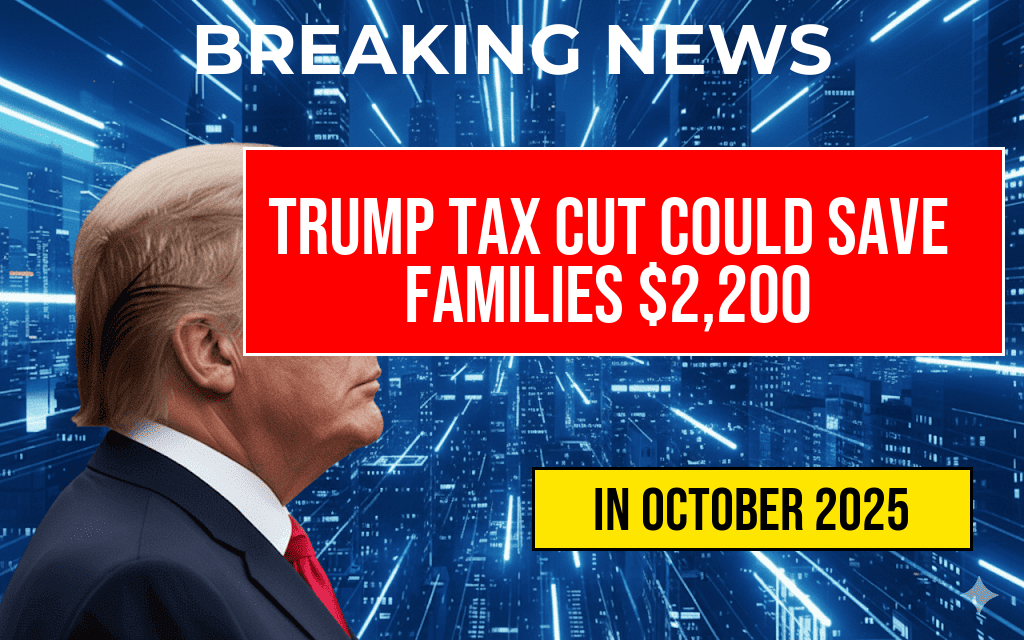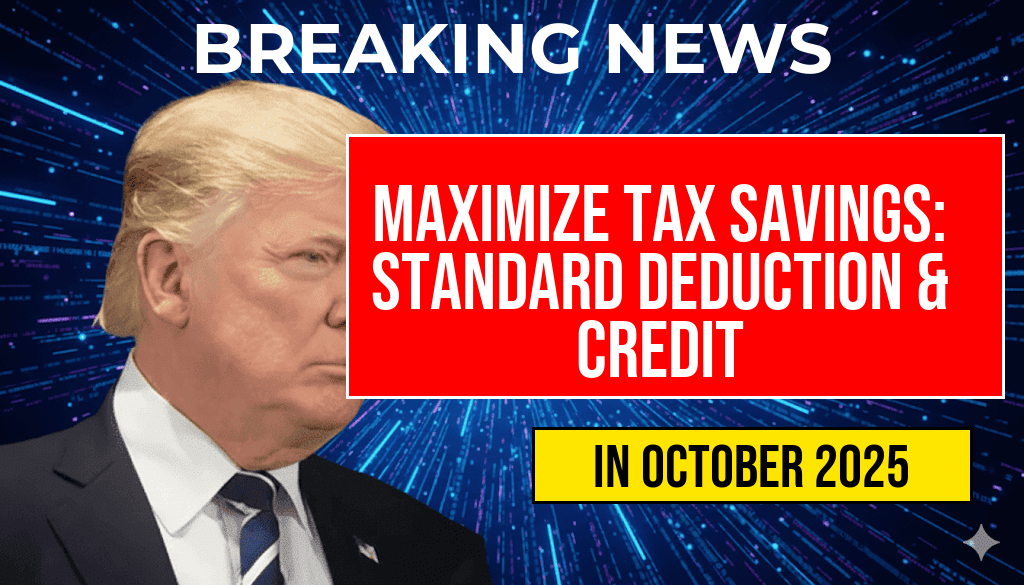Recent analyses by The Washington Post indicate that while the current tax legislation under former President Donald Trump may not be the most significant tax cut in U.S. history, it still offers substantial savings for families. Specifically, families could save up to $2,200 per child thanks to various tax benefits and credits introduced in the 2017 Tax Cuts and Jobs Act (TCJA). The report sheds light on how these savings can impact household budgets, particularly for middle-class families navigating rising costs of living and inflation.
Key Features of the Tax Cuts and Jobs Act
The Tax Cuts and Jobs Act, which took effect in 2018, aimed to stimulate economic growth by reducing tax rates for individuals and businesses. Among its most notable provisions are:
- Child Tax Credit: The act doubled the Child Tax Credit from $1,000 to $2,000 per qualifying child, significantly enhancing support for families.
- Standard Deduction: The standard deduction was nearly doubled, allowing families to reduce their taxable income more effectively.
- Corporate Tax Rate Reduction: The corporate tax rate was slashed from 35% to 21%, aimed at encouraging investment and job creation.
Impact on Families
According to the WaPo analysis, the savings from the child tax credit are particularly beneficial for families with multiple children. The credit phases out for higher-income households, ensuring that it targets middle and lower-income families more effectively. This system aims to alleviate some financial burdens caused by increasing living expenses, especially in the context of ongoing inflationary pressures.
Comparative Analysis
While some experts argue that the tax cuts were not as transformative as initially promised, the financial relief provided to families cannot be overlooked. A Forbes report highlights that many families have seen a tangible difference in their tax returns, with significant refunds or reduced liabilities. The following table summarizes potential savings for families based on their number of children:
| Number of Children | Tax Savings |
|---|---|
| 1 | $2,000 |
| 2 | $4,000 |
| 3 | $6,000 |
| 4 | $8,000 |
Criticism and Future Outlook
Despite these benefits, the TCJA has faced criticism for favoring wealthier individuals and corporations over the average American family. Critics argue that while the child tax credit is helpful, the overall structure of the tax cuts disproportionately benefits high earners. A Tax Policy Center analysis suggests that the wealthiest Americans received the most significant benefits from the tax reforms.
As discussions about potential changes to tax laws continue, the future of the child tax credit remains uncertain. Policymakers are debating whether to extend, modify, or allow the credit to expire, which could have significant implications for families relying on this financial support.
Conclusion
The tax cuts implemented during the Trump administration may not be hailed as the most groundbreaking in history, but the potential savings for families, particularly through the child tax credit, are noteworthy. As families continue to navigate economic challenges, understanding these tax benefits is essential for planning and budgeting effectively.
Frequently Asked Questions
What is the main finding of the WaPo model regarding the Trump tax cut?
The WaPo model suggests that while the Trump tax cut may not be the ‘biggest’, families could still save up to $2,200 per child.
How does the Trump tax cut impact families?
The tax cut is designed to provide financial relief to families, potentially allowing them to save $2,200 for each child, which can help with various expenses.
Is the Trump tax cut beneficial for low-income families?
While the tax cut aims to assist families across different income levels, the overall benefits may vary, and it’s essential for low-income families to evaluate how it specifically affects their financial situation.
Are there other tax benefits apart from the child tax credit?
Yes, the Trump tax cut includes various provisions beyond the child tax credit, affecting standard deductions and tax brackets that could impact overall tax liabilities.
How can families calculate their potential savings from the Trump tax cut?
Families can calculate their potential savings by using available online tax calculators or consulting with a tax professional to assess how the Trump tax cut applies to their specific financial circumstances.






